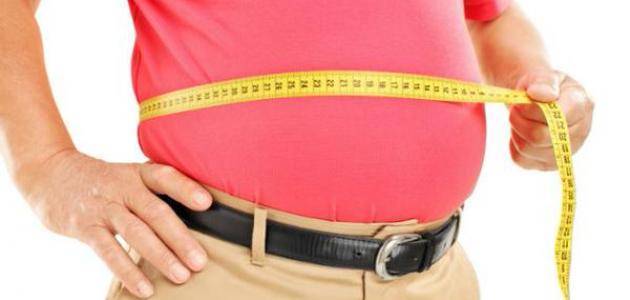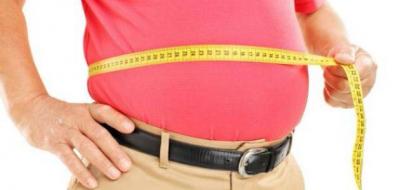An increasing body of research suggests that some individuals exercising for weight loss might be making a significant mistake, which can be easily corrected using a fitness tracker. According to the Daily Mail, fitness experts recommend that one of the main ways to enhance calorie burning is to ensure reaching a specific heart rate range during exercise, noting that the fat-burning window varies from person to person based on multiple factors including age, stress levels, medications taken, and coffee consumption.
Experts provide a table that outlines the target heart rate range one should aim for during exercise to achieve faster weight loss. The average ideal resting heart rate is between 60 and 100 beats per minute, although many factors, including exercise, can cause this rate to increase. Maximum heart rate refers to the highest number of times a person's heart can beat in a minute without straining it, and it tends to decrease over time. The primary method for determining maximum heart rate is to subtract a person's age from 220. For example, the maximum heart rate for a 50-year-old person would be 170.
Exercise uses energy, and with more intense workouts, the body burns more energy and increases heart rate. Consequently, as workout intensity rises, the body must utilize fat reserves for energy instead of sugars and carbohydrates. Consistently doing this helps burn fat and leads to weight loss. The heart rate for fat burning is about 70% of the maximum heart rate. Therefore, a 50-year-old should aim for roughly 119 beats per minute during exercise to effectively burn fat. Similarly, the fat-burning heart rate decreases with age. For instance, while an 18-year-old needs to maintain around 140 beats per minute, a 75-year-old only needs to reach 101 beats per minute.
Certain medications can raise or lower heart rate. Beta-blockers, for example, lower heart rate by blocking the effects of hormones like adrenaline. These medications are typically prescribed for unexplained irregular heartbeats (where resting heart rate exceeds 100 beats per minute) and high blood pressure. Some over-the-counter antibiotics, corticosteroids, and decongestants can also increase heart rate. Therefore, doctors advise against stressing the heart excessively and emphasize the importance of consulting a physician regarding the ideal heart rate to target if one is on these medications.
The traditional method to track pulse is by using fingers on the neck, wrist, or chest. Wristwatches that can track heart rate during exercise and at rest can also be used. According to federal physical activity guidelines for Americans, adults need about 150 minutes of moderate physical activity each week or 75 minutes of vigorous exercise.




